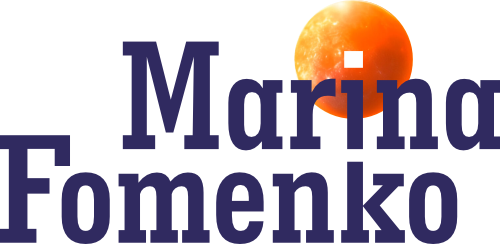Video art exhibition Ecoscope
Curator Marina Fomenko
Artists: Gianluca Abbate, Italy, Panorama, 2014 / Anna-Karin Brus, Sweden, Jungle, Part II, 2011 / Natasha Dahnberg, Sweden, Herbarium, 2015 / Marina Fomenko, Russia, Lotus&Viola, 2013 / Lucie Libotte, UK, Dust Matter 1, 2013 / Alexandra Mitlyanskaya, Russia, Babylon 2, 2014 / Lisi Prada, Spain, ELECTRonIC WATER, 2013
Exhibitions
2016 — Parallel program of Photobiennale 2016, CCI Fabrika, Moscow
2017— OSMOSIS Audiovisual Media Festival 2017 , Taipei, Taiwan
2019— Baltic Branch of National Center for Contemporary Art, Kaliningrad, Russia
2019— Novosibirsk City Centre for Visual Arts, Novosibirsk, Russia
2021— Brusnika Engineering Center, Tyumen, Russia
Exhibitions
2016 — Parallel program of Photobiennale 2016, CCI Fabrika, Moscow
2017— OSMOSIS Audiovisual Media Festival 2017 , Taipei, Taiwan
2019— Baltic Branch of National Center for Contemporary Art, Kaliningrad, Russia
2019— Novosibirsk City Centre for Visual Arts, Novosibirsk, Russia
2021— Brusnika Engineering Center, Tyumen, Russia
CCI Fabrika, Hall Olivie
February 15th-March 13th, 2016
Parallel program of Photobiennale 2016
Organizers: Media Art Centre Now&After and CCI Fabrika
Curated by Marina Fomenko
Parallel program of Photobiennale 2016
Organizers: Media Art Centre Now&After and CCI Fabrika
Curated by Marina Fomenko
OSMOSIS
Audiovisual Media Festival 2017 in Taipei, Taiwan
19.08 – 3.09.2017 – ECOSCOPE exhibition at OSMOSIS Audiovisual Media Festival 2017 in Taipei, Taiwan,
Location: Exhibition space of Taiwan Power Company
19.08 – 3.09.2017 – ECOSCOPE exhibition at OSMOSIS Audiovisual Media Festival 2017 in Taipei, Taiwan,
Location: Exhibition space of Taiwan Power Company
Kaliningrad
National Center for Contemporary Art’s Baltic Branch in Kaliningrad
Now&After project Ecoscope will be presented at National Center for Contemporary Art’s Baltic Branch in Kaliningrad June 21 – September 8 2019.
Organizers:
Media Art Centre Now&After
National Center for Contemporary Art
Curator Marina Fomenko
Coordinator Ksenia Bogdanovich
Now&After project Ecoscope will be presented at National Center for Contemporary Art’s Baltic Branch in Kaliningrad June 21 – September 8 2019.
Organizers:
Media Art Centre Now&After
National Center for Contemporary Art
Curator Marina Fomenko
Coordinator Ksenia Bogdanovich


Novosibirsk
Ecoscope was be presented at Novosibirsk City Centre for Visual Arts (NCCVA) July 8 – 28, 2019.
Organizers:
Media Art Centre Now&After
National Center for Contemporary Art
Co-organizer: Novosibirsk City Centre for Visual Arts
Curator Marina Fomenko
Coordinator Ksenia Bogdanovich
Organizers:
Media Art Centre Now&After
National Center for Contemporary Art
Co-organizer: Novosibirsk City Centre for Visual Arts
Curator Marina Fomenko
Coordinator Ksenia Bogdanovich
Tyumen
19.11–30.11.2021 — Media Art Centre Now&After presents international video art project ECOSCOPE in Tyumen, Russia
Venue: Tyumen, Brusnika Engineering Center
Curated by Marina Fomenko
Coordinator German Preobrazhensky
Venue: Tyumen, Brusnika Engineering Center
Curated by Marina Fomenko
Coordinator German Preobrazhensky

Works of video artists from Sweden, Russia, Italy, UK and Spain are wake up call for ones, and approaching to the point of no return for others.
The growth of big cities, accumulation of dust, human intervention in plants’ and animals’ existence, maintenance of ecological balance — ecology topic in the works of artists sounds like a warning.
Ecoscope is the observation «instrument» for ecological processes, combining the camera and the artist’s eye (from eco/ecology — science about interaction organisms and their groups between each other and with environment; scope — optical device, Greek σκοπέω — observing). We live in one whole ecosystem, but each artist customizes the «ecoscope» under his/her artistic optics, identifying both disease symptoms and health outcomes.
Self-sufficient nature’s life and anthropogenic impact on it, poetic reflection and environment pollution are in the focus of exhibition participants.
Anna-Karin Brus creates a sound world of forest dwellers. In the audiovisual work «Jungle, Part II», relying on the ability to identify herself with a variety of living creatures, the artist brings together a collage of nature sounds with onomatopoeic poetic video text, giving viewers the opportunity to create in imagination the pictures of animals whose voices they hear.
Alexandra Mitlyanskaya in the video «Babylon 2» shows life in captivity, or, according to the artist, «chicken women’s high-security prison.»
Natasha Dahnberg in her work «Herbarium» prosects a flower, clearly demonstrating how people in their quest to transform nature can irreparably destroy it.
Lisi Prada films waters around her home country, Spain: Atlantic Ocean, the Bay of Biscay and the Mediterranean Sea. Infused with electromagnetic waves and music, water remains a source of inspiration for artists and one of the main components of our lives («ELECTRonIC WATER»).
Marina Fomenko in the video «Modus Operandi/Lotus&Viola» refers to the subject of the maintenance of ecological balance and preservation of the unique ancient basins on the example of the 12th century water garden in Kyoto.
Gianluca Abbate invites the visitor to the polis, endlessly growing global city-state, which absorbed cities’ overpopulation, their garbage and the remains of wildlife («Panorama»).
Lucie Libotte sees thoroughly into the essence of the urban dust, classifies it by species and its habitats, revealing at the same time how unexpectedly beautiful the dust can be when gazing intently into it («Dust Matter 1»).
The growth of big cities, accumulation of dust, human intervention in plants’ and animals’ existence, maintenance of ecological balance — ecology topic in the works of artists sounds like a warning.
Ecoscope is the observation «instrument» for ecological processes, combining the camera and the artist’s eye (from eco/ecology — science about interaction organisms and their groups between each other and with environment; scope — optical device, Greek σκοπέω — observing). We live in one whole ecosystem, but each artist customizes the «ecoscope» under his/her artistic optics, identifying both disease symptoms and health outcomes.
Self-sufficient nature’s life and anthropogenic impact on it, poetic reflection and environment pollution are in the focus of exhibition participants.
Anna-Karin Brus creates a sound world of forest dwellers. In the audiovisual work «Jungle, Part II», relying on the ability to identify herself with a variety of living creatures, the artist brings together a collage of nature sounds with onomatopoeic poetic video text, giving viewers the opportunity to create in imagination the pictures of animals whose voices they hear.
Alexandra Mitlyanskaya in the video «Babylon 2» shows life in captivity, or, according to the artist, «chicken women’s high-security prison.»
Natasha Dahnberg in her work «Herbarium» prosects a flower, clearly demonstrating how people in their quest to transform nature can irreparably destroy it.
Lisi Prada films waters around her home country, Spain: Atlantic Ocean, the Bay of Biscay and the Mediterranean Sea. Infused with electromagnetic waves and music, water remains a source of inspiration for artists and one of the main components of our lives («ELECTRonIC WATER»).
Marina Fomenko in the video «Modus Operandi/Lotus&Viola» refers to the subject of the maintenance of ecological balance and preservation of the unique ancient basins on the example of the 12th century water garden in Kyoto.
Gianluca Abbate invites the visitor to the polis, endlessly growing global city-state, which absorbed cities’ overpopulation, their garbage and the remains of wildlife («Panorama»).
Lucie Libotte sees thoroughly into the essence of the urban dust, classifies it by species and its habitats, revealing at the same time how unexpectedly beautiful the dust can be when gazing intently into it («Dust Matter 1»).
